For all the fancy AI tricks that you’d find on the new Samsung Galaxy Z Fold 6, there is one real wow factor that will get users excited – its sleeker design that makes it easily pocketable and handy to carry around.
Yes, when I show friends the the Korean electronics giant’s latest foldable phone, the first impressions are usually surprise and awe.
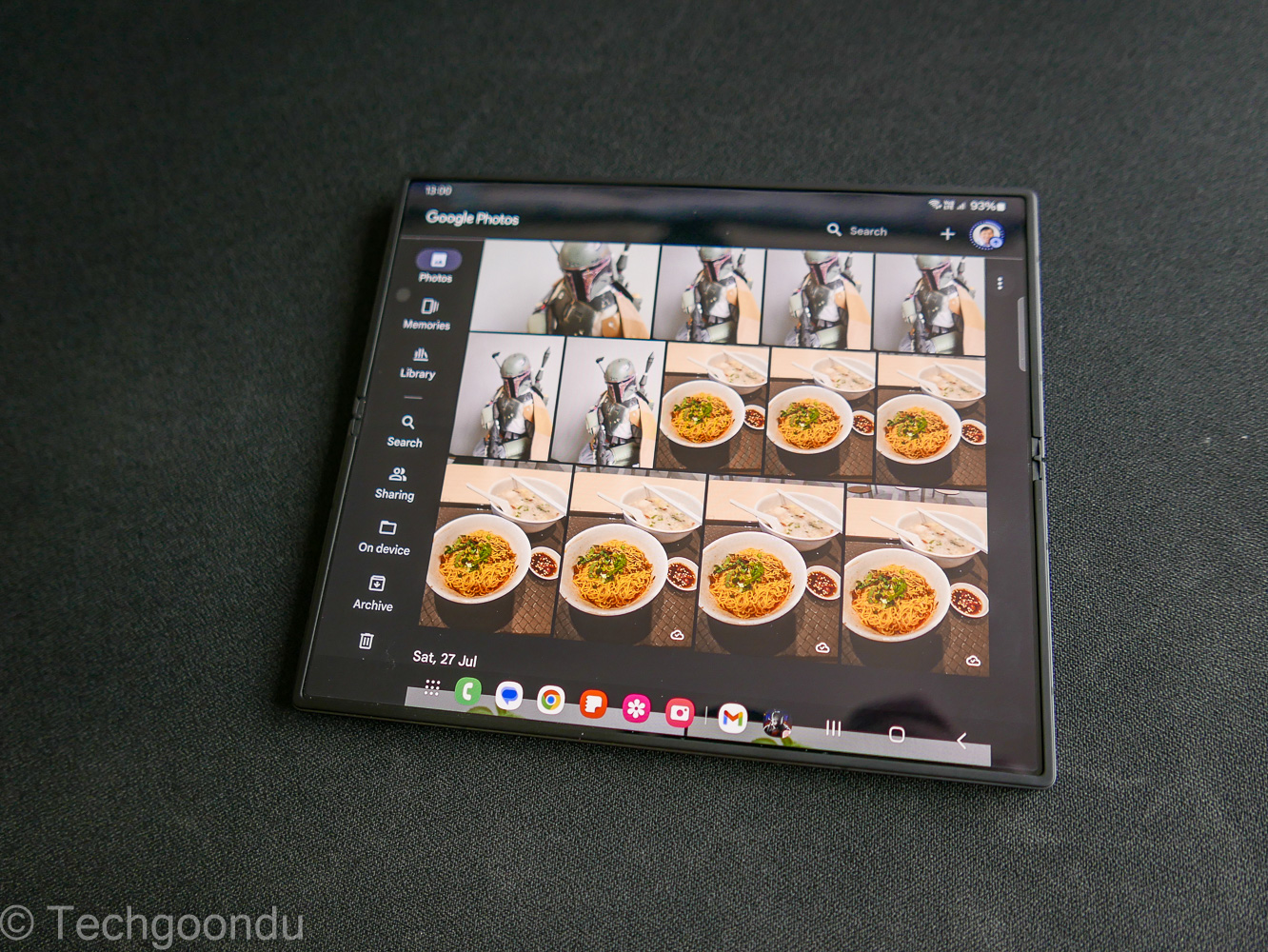
It’s small enough to hold comfortably like a regular candy-bar phone when folded. It’s also lighter than last year’s model, now weighing in at 239g and just slightly heavier than the regular Galaxy S24 Ultra (232g).
In other words, the Samsung Galaxy Z Fold 6 offers much of the ease of a regular phone but the handy large screen of a foldable. That’s crucial to convince more mainstream users to splurge on the more expensive option.
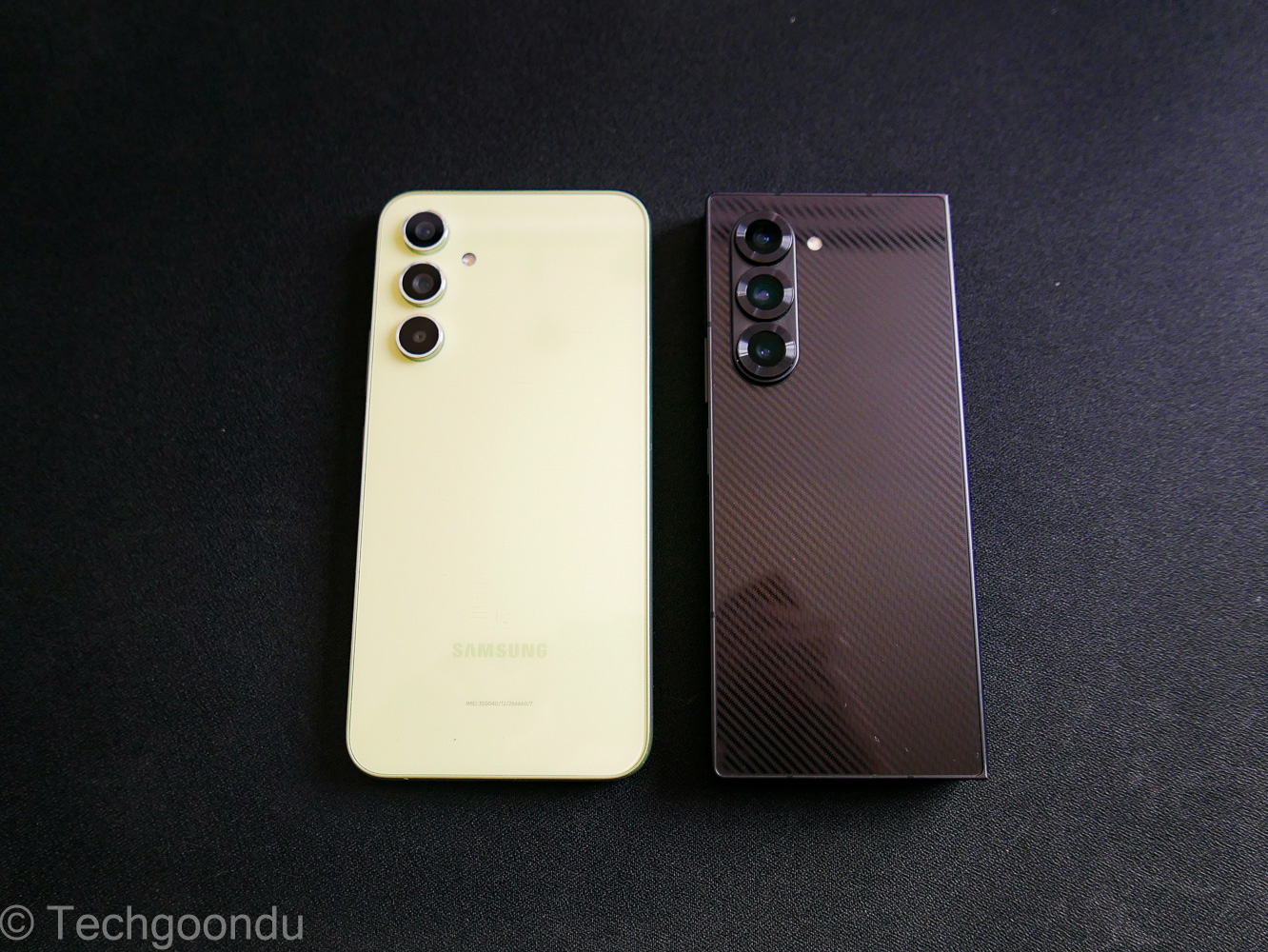
It helps, too, that the new phone’s design is sharper, literally. The corners are squarish not rounded and they feel neater in a way. Also, sleeker and more compact.
To add to the streamlined look, bezels around both the external 6.2-inch external screen and the main 7.6-inch foldable screen are thin and stylish. No fat, unseemly lines or awkward corners here in an attractive looking foldable gadget.
Perhaps the only wrinkle (yes, I know) is that the Samsung Galaxy Z Fold 6 still has that little crease in the middle of the foldable screen.
It’s not that obvious when you’re viewing content on it but because the coating or screen protector on the display is glossy, the reflection can sometimes make the crease more obvious under certain lighting.
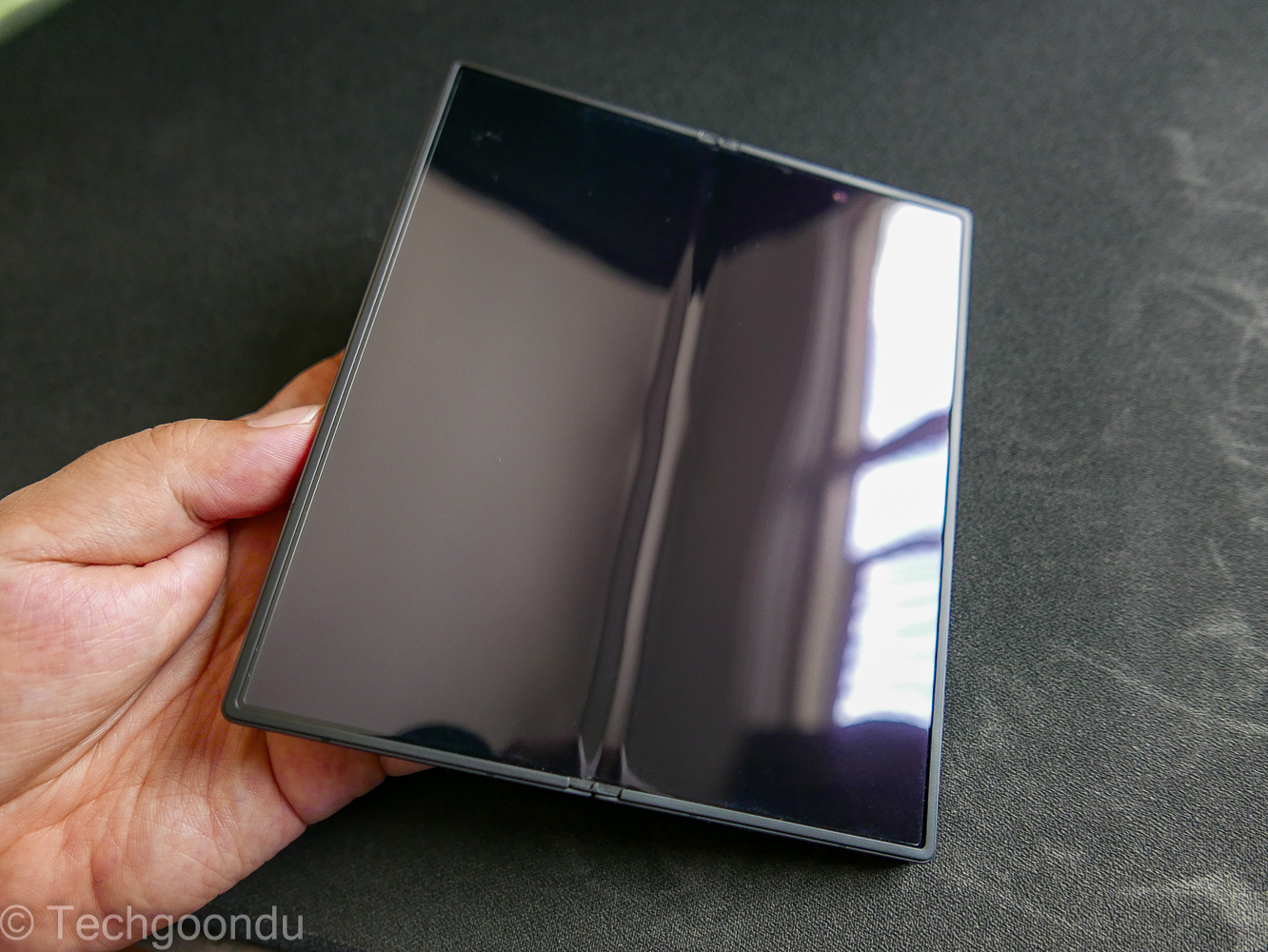
It’s likely not a deal breaker for many folks keen on the new Samsung phone for its flexible display but it’s something the Korean phone maker may have to address in future. Its reason could be that this design, which has been around since the first foldable phone back in 2019, is durable and hardy.
In the past five years, many things have improved, to be fair. The new phone now folds flat and opens up flat so it’s outgrown the old, ungainly look.
Even the camera array at the back looks tidy and well thought-out, despite being bulkier to accommodate the better optics that are expected of flagship phones today.
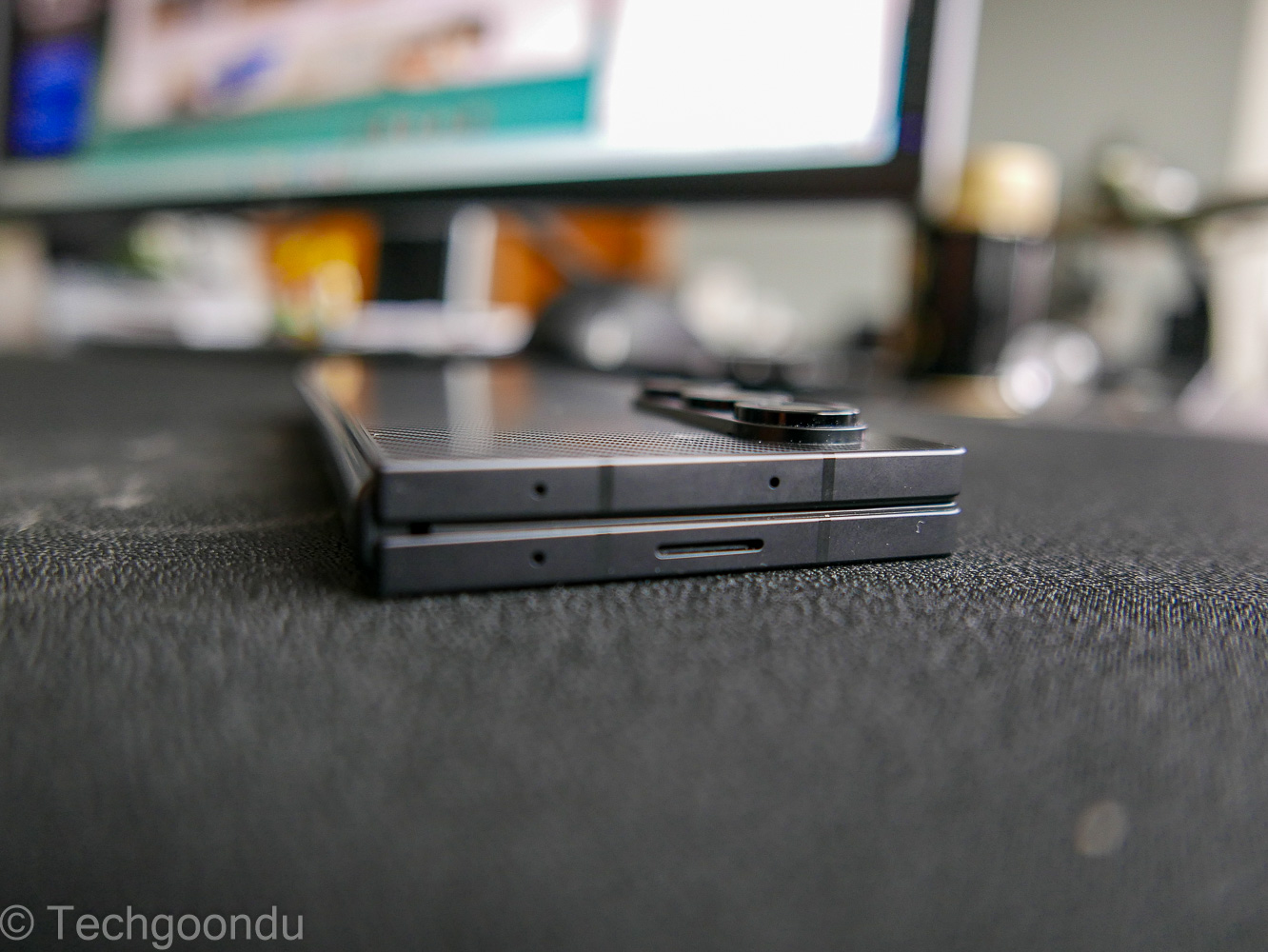
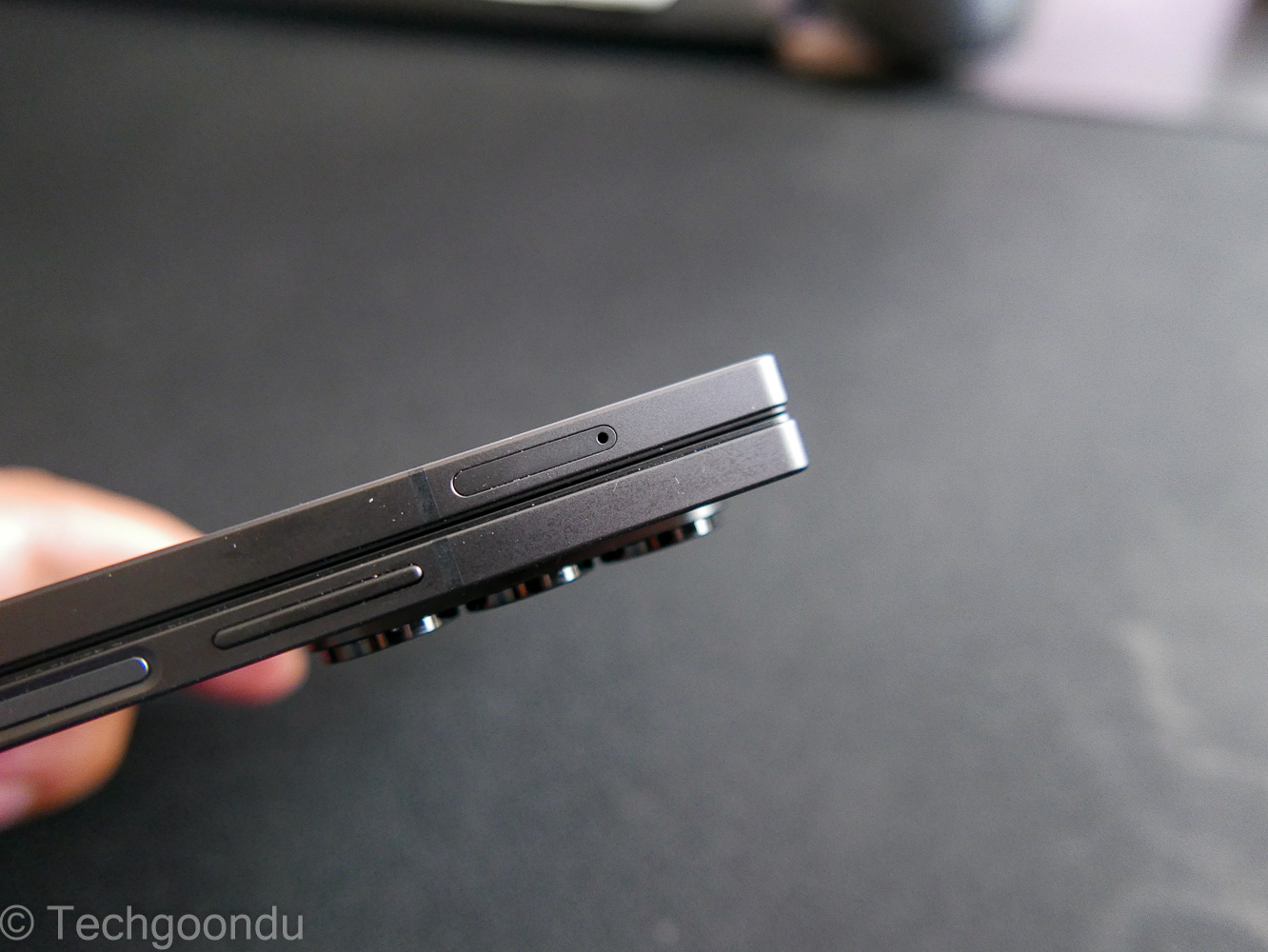
The main 50-megapixel wide-angle camera which you will use most of the time is accomplished and does dimly lit shots well, such has the improvement in AI and mobile photography been in recent years.
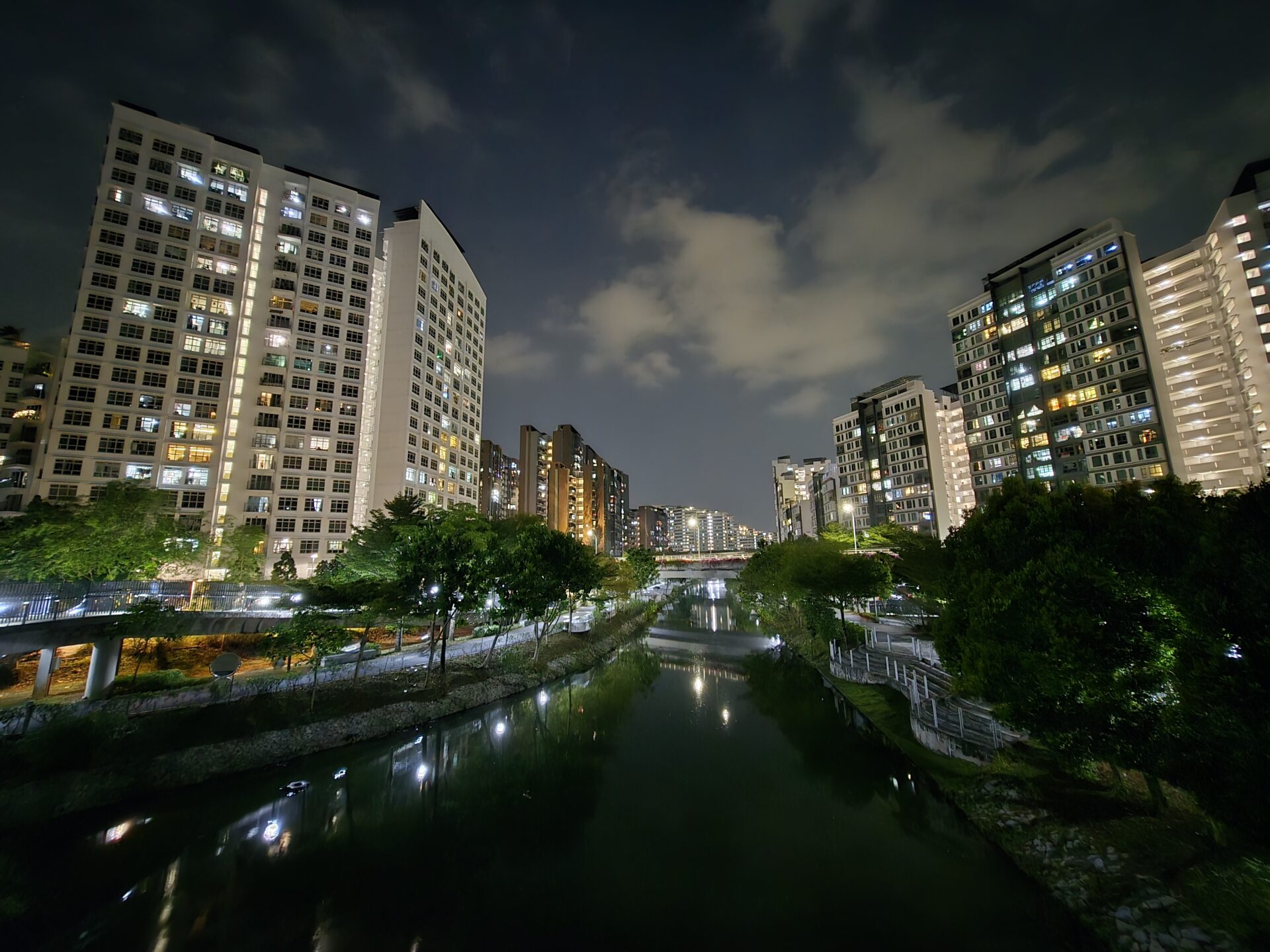
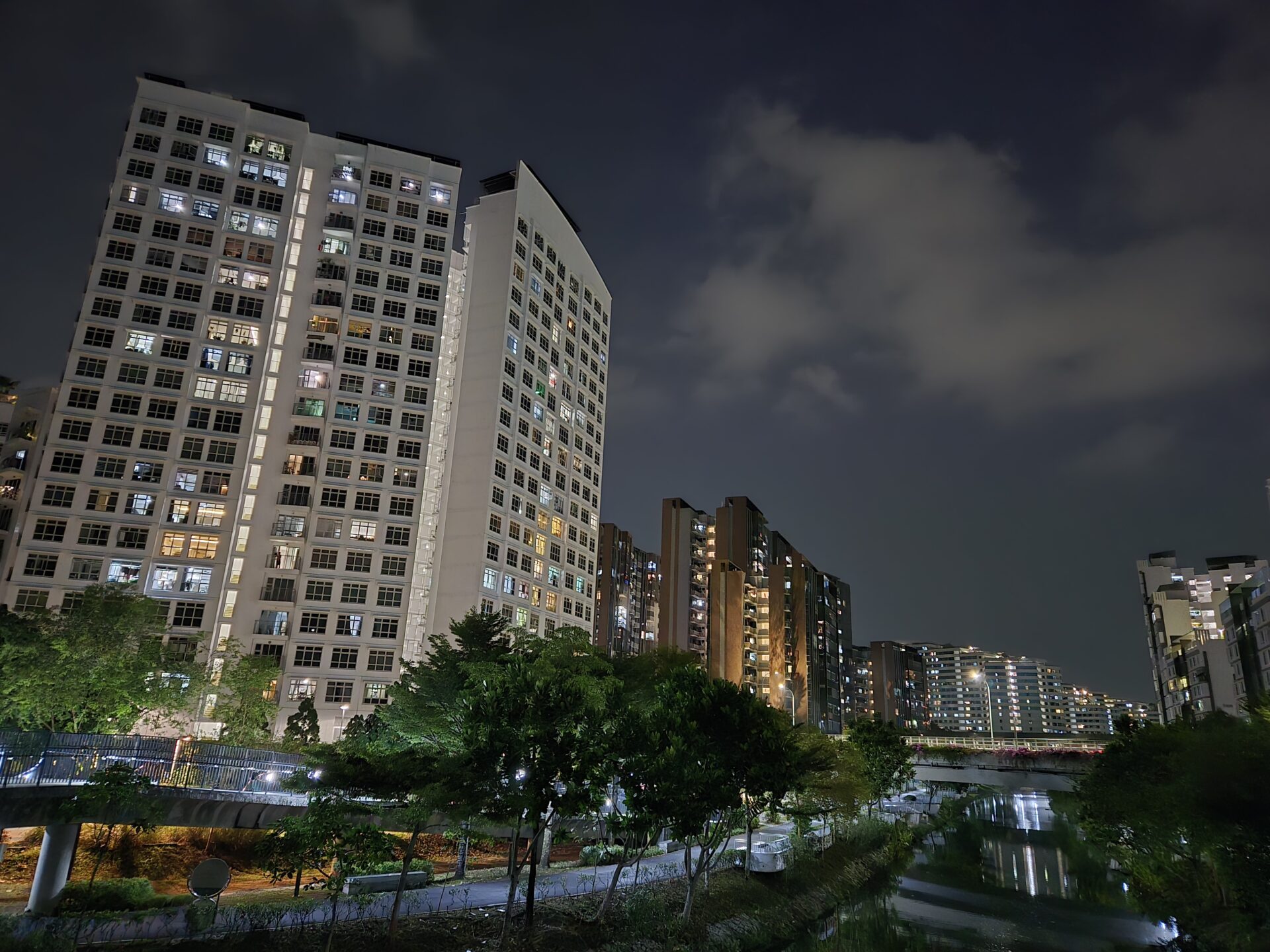
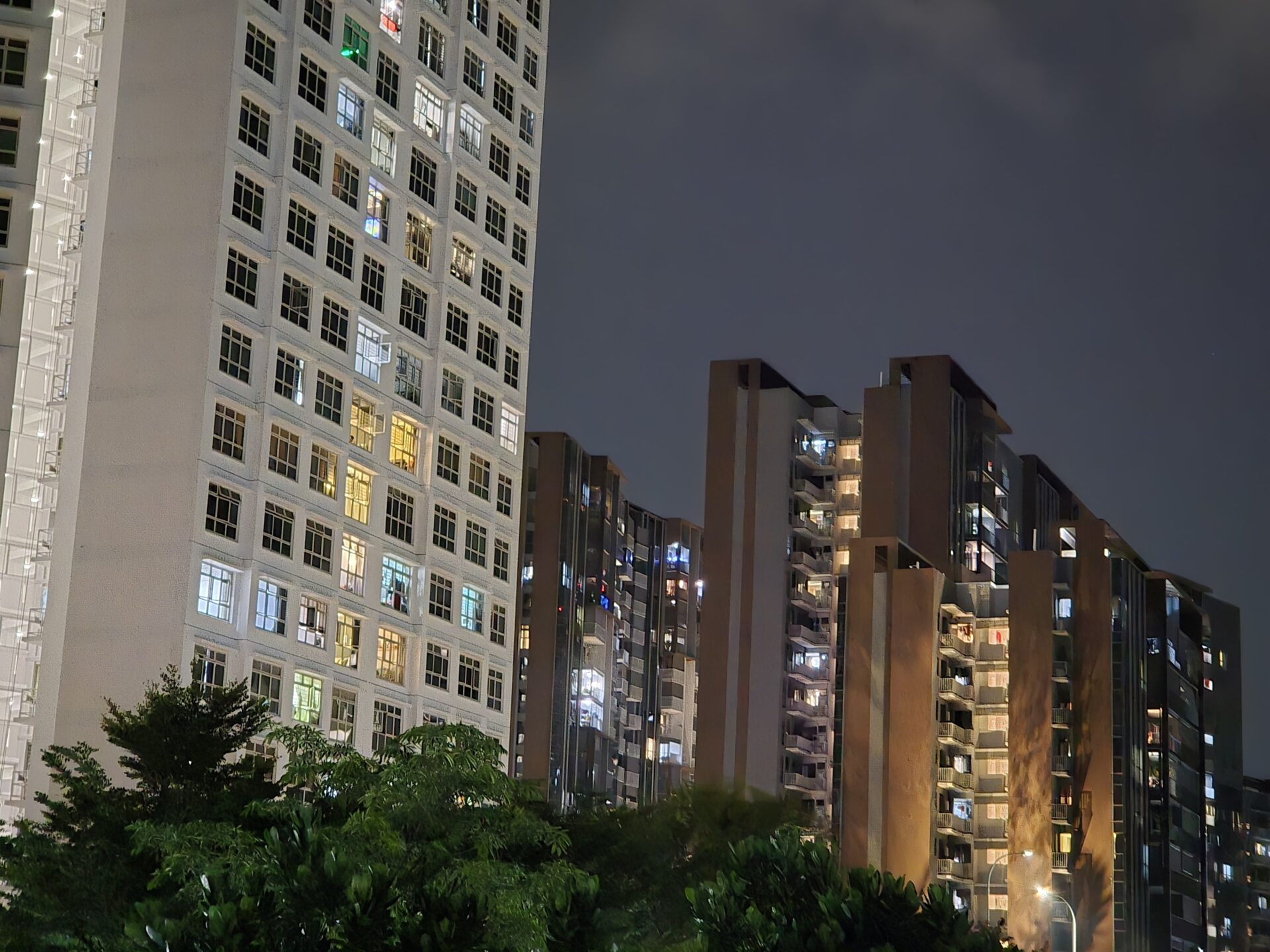
With food photos, it also lets you control how much vibrance you want to add. Select a photo mode, say, food mode, so the colours can be made brighter but don’t overdo things to avoid oversaturation.
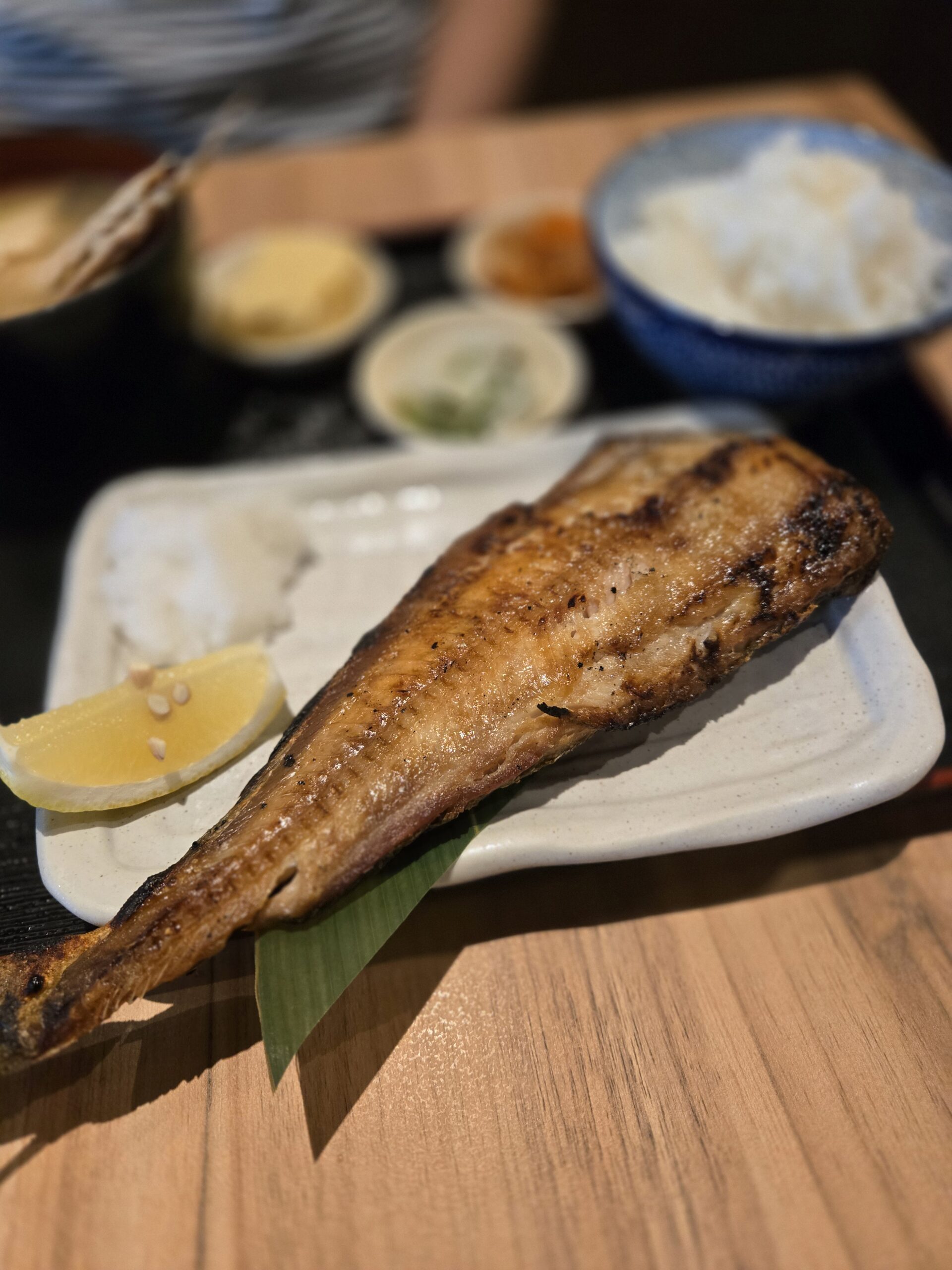
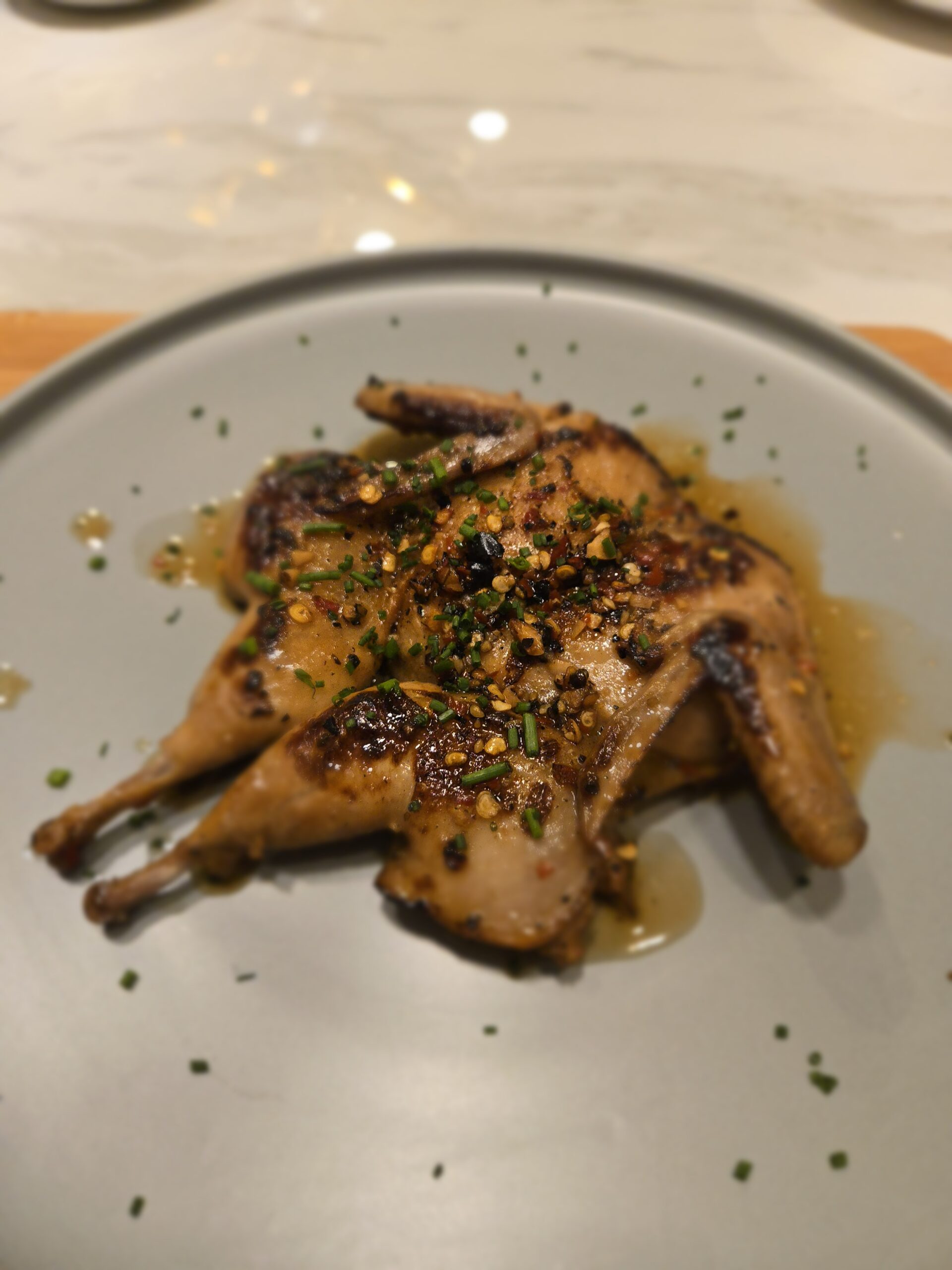
The one annoying thing about certain food images is the overdoing of short-focus bokeh effects. Unlike a real bokeh created by a great lens, the AI-made ones often jump from clear to blurred background abruptly instead of gradually and naturally, as how you’d see things with your eyes.
That said, the detail captured by the Galaxy Z Fold 6’s main camera is good, which means you get a lot of images that pop at you, even supposedly boring shots.
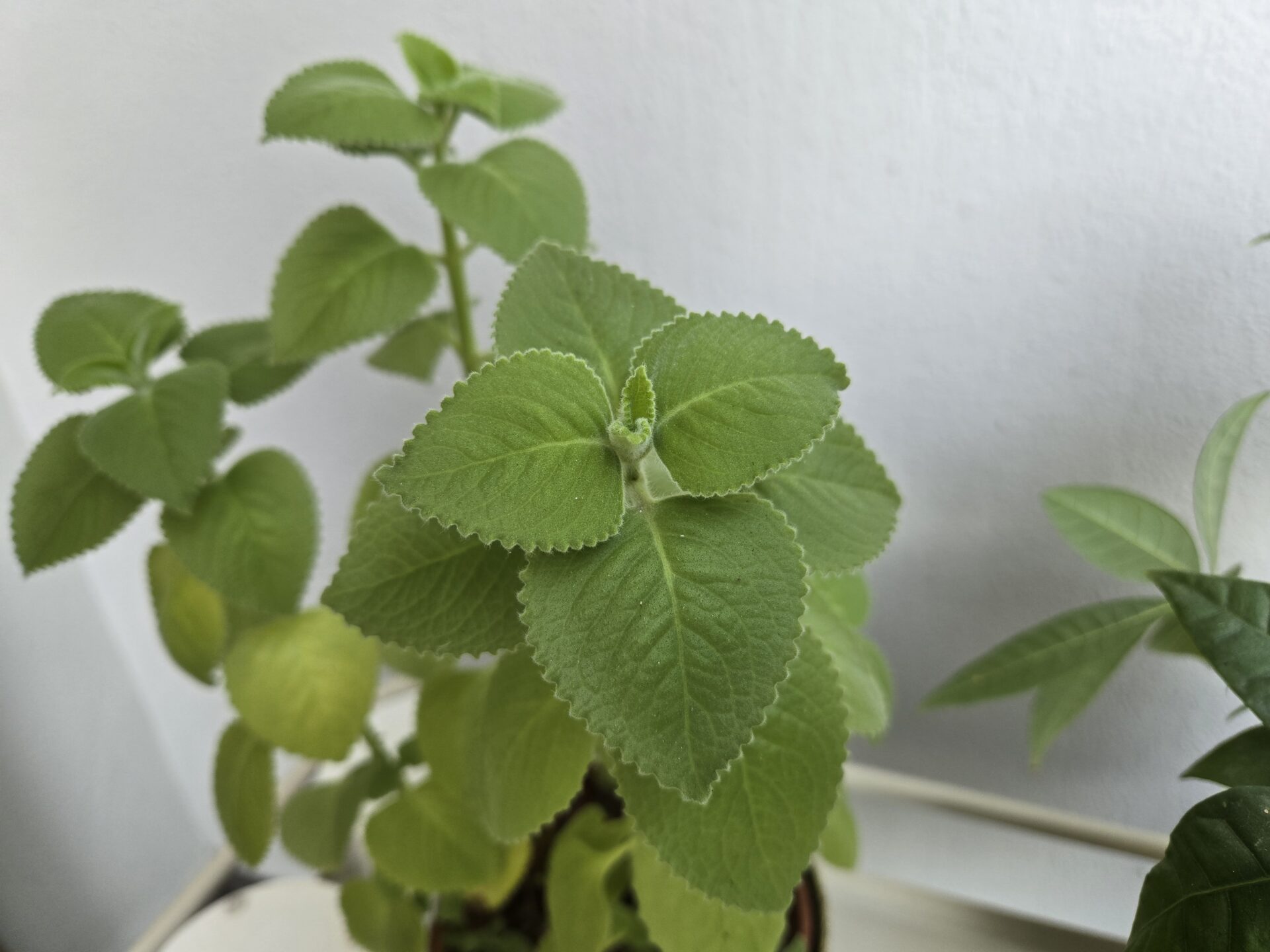
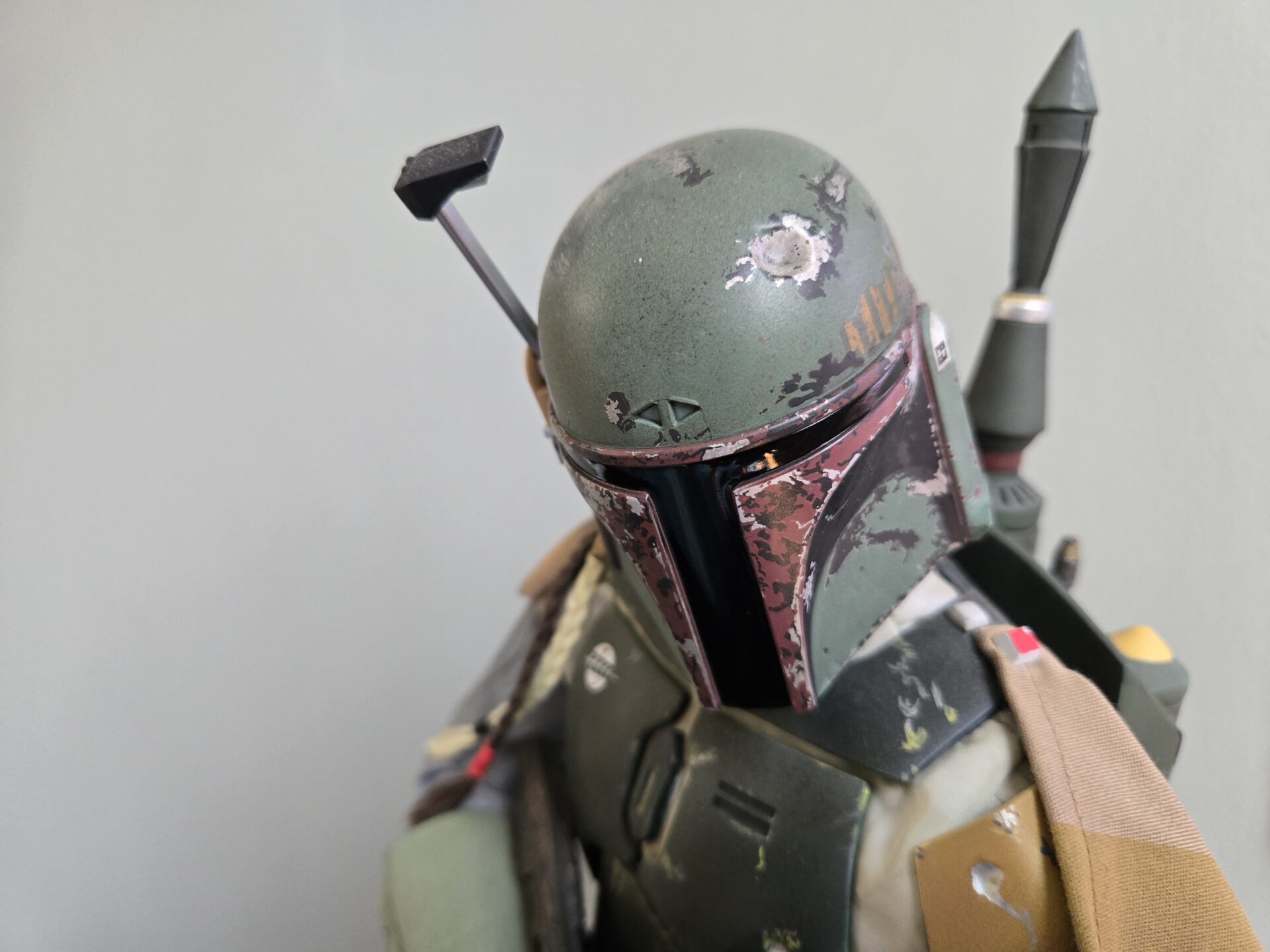
The new phone also has a 10-megapixel telephoto lens, which is pretty decent for capturing the occasional zoomed-out shot, as long as you don’t force it to zoom to its pixelated and unstable max.
There’s also a 12-megapixel ultrawide camera, which is handy for taking wider landscapes, say, of the cliffs in Bali’s Nusa Dua area or just the picturesque park behind your place. It’s wide enough for many uses, though sometimes the edges can get a bit distorted.
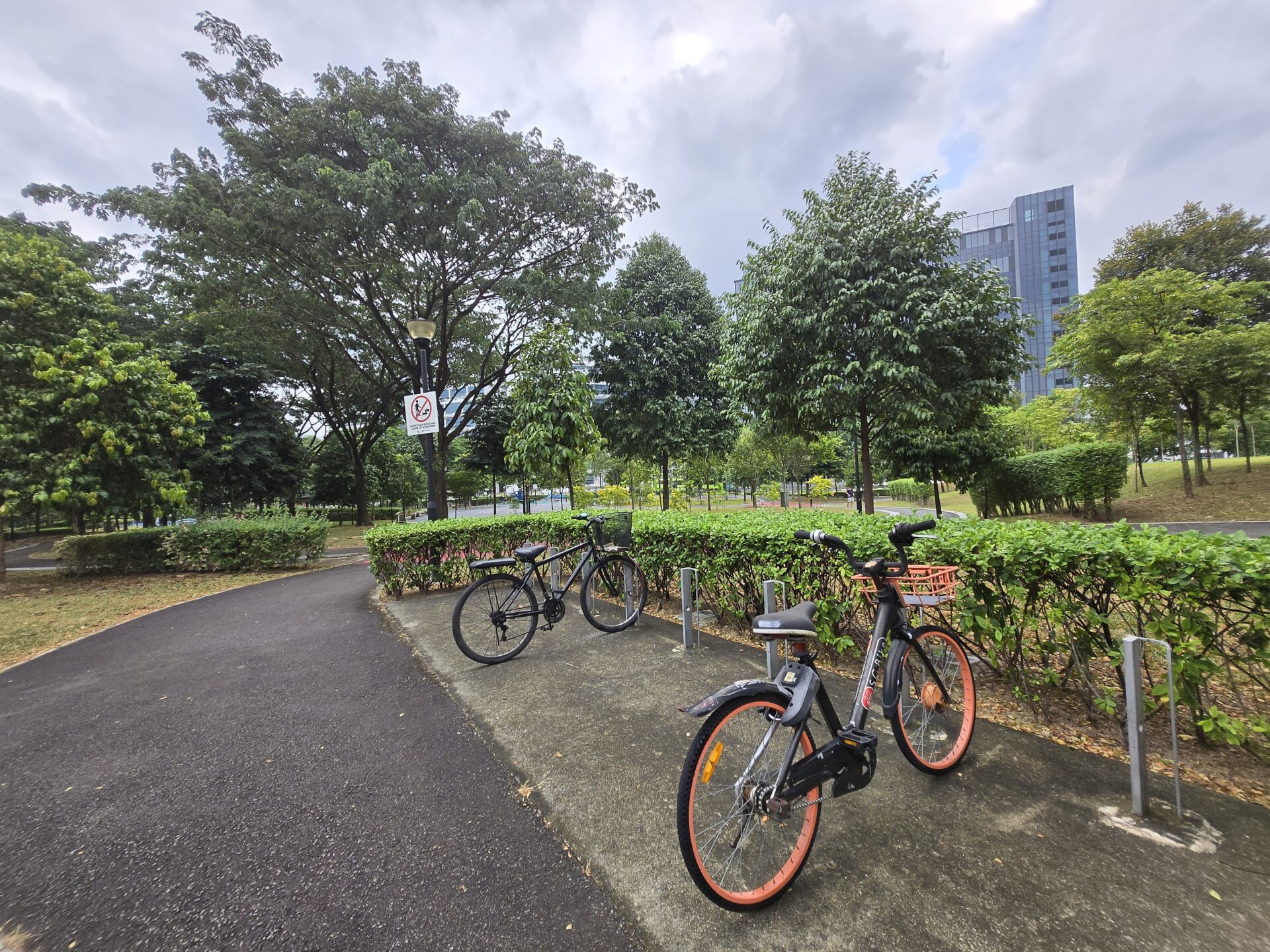
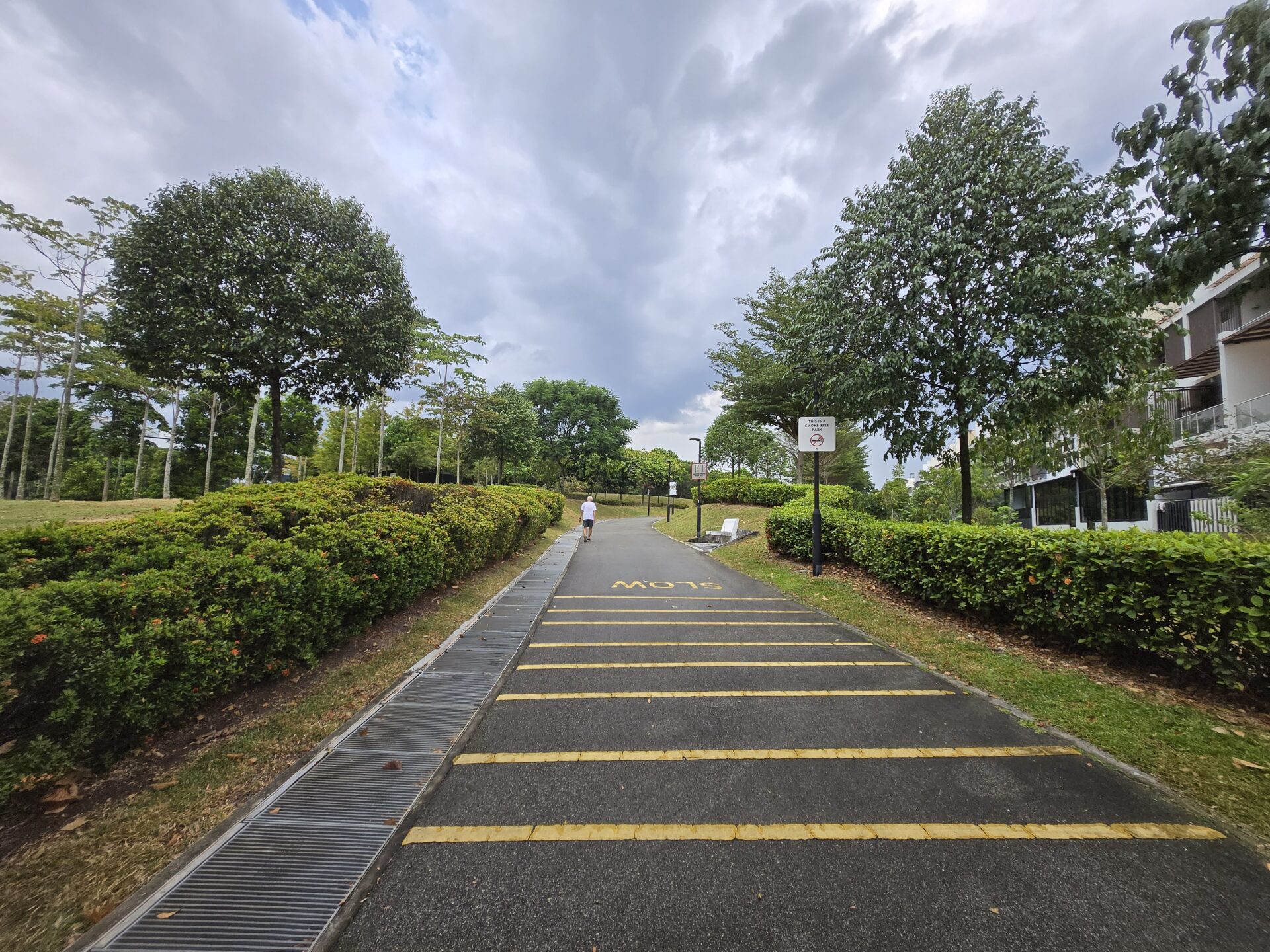
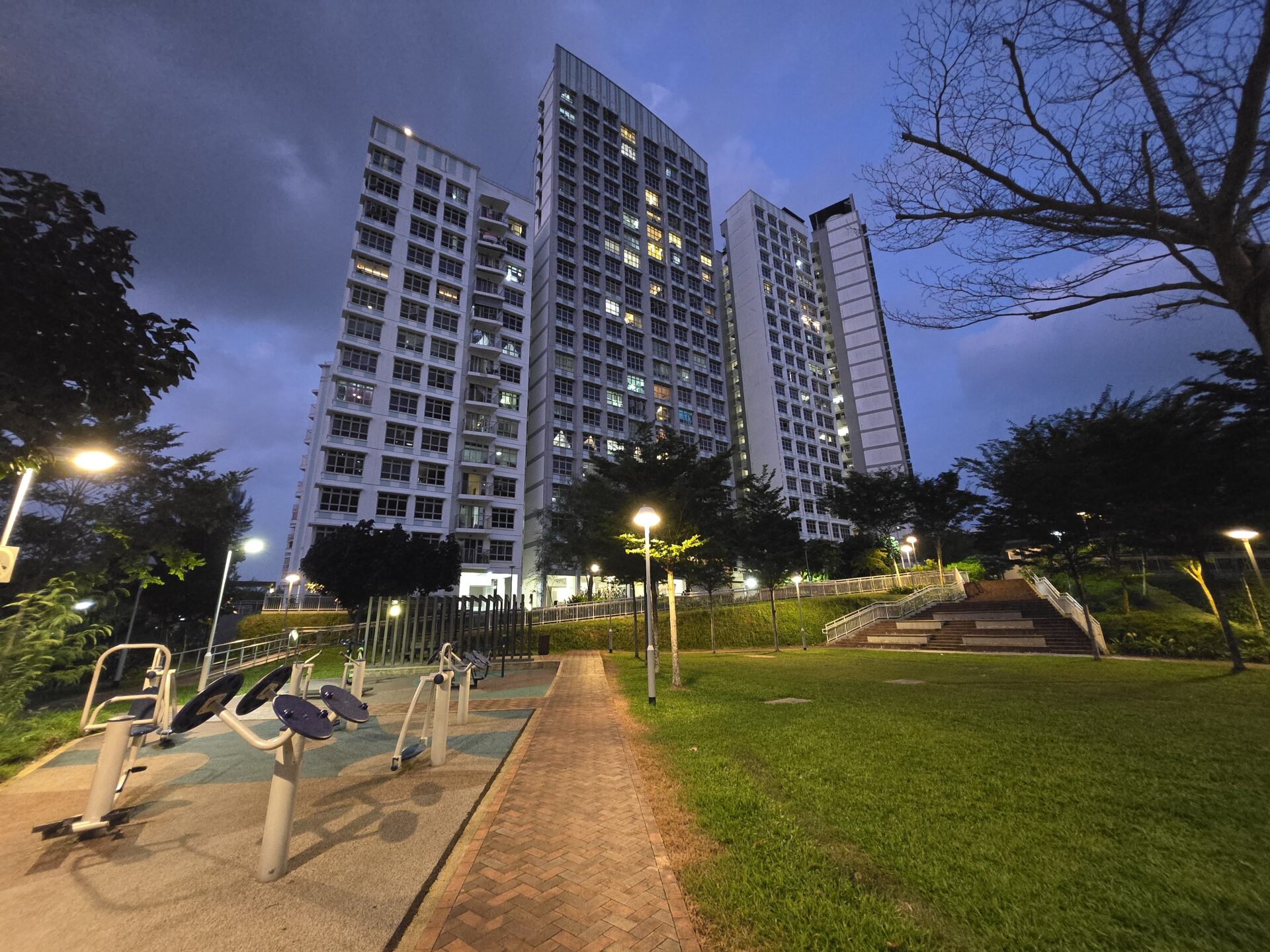
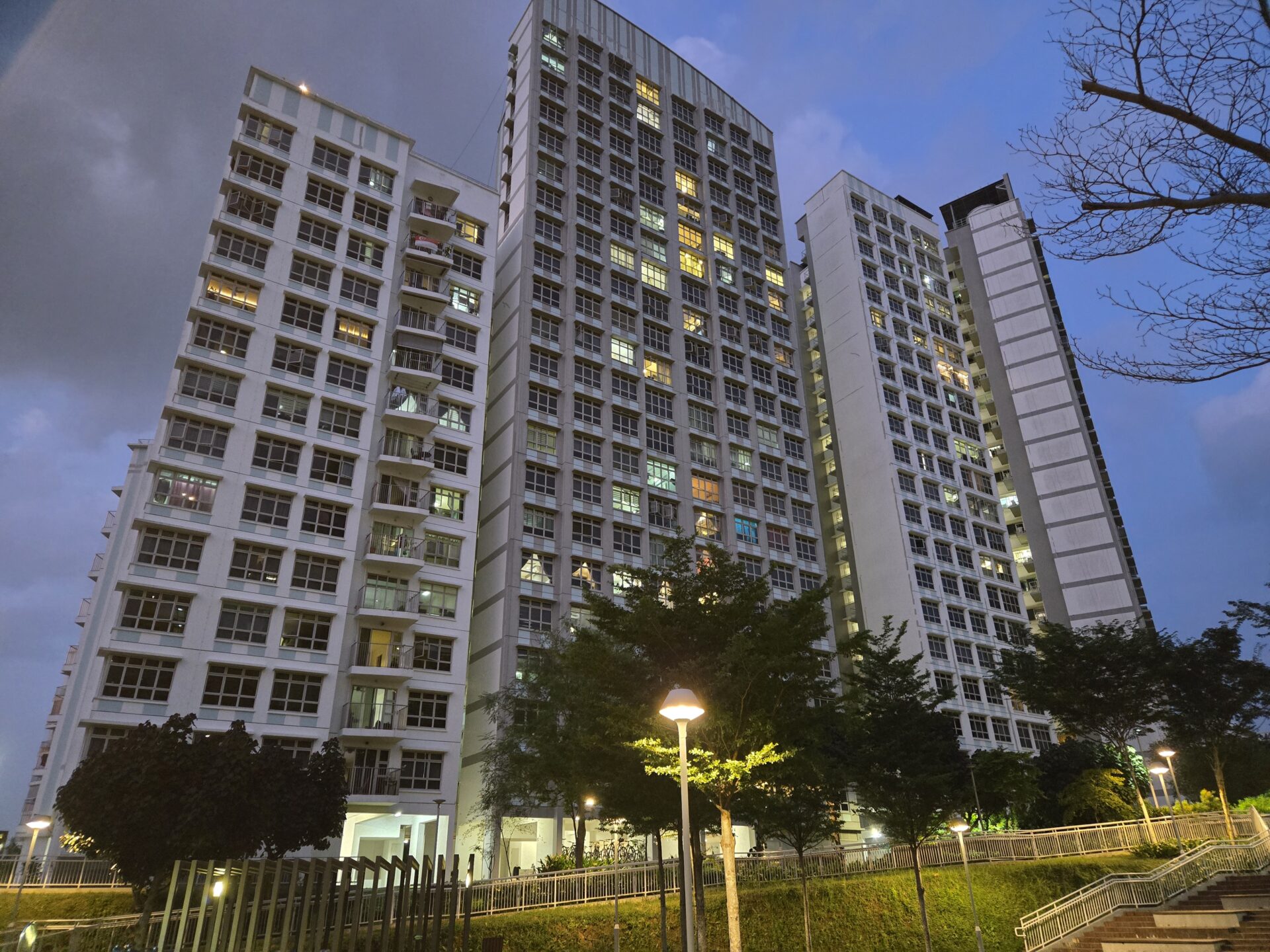
I should say that there are also two more cameras – one on the cover and another under the main foldable screen – which are useful for video calls. I think they are fine and handy for a call and some selfies but otherwise nothing spectacular beyond what you’d expect from a decent flagship phone.
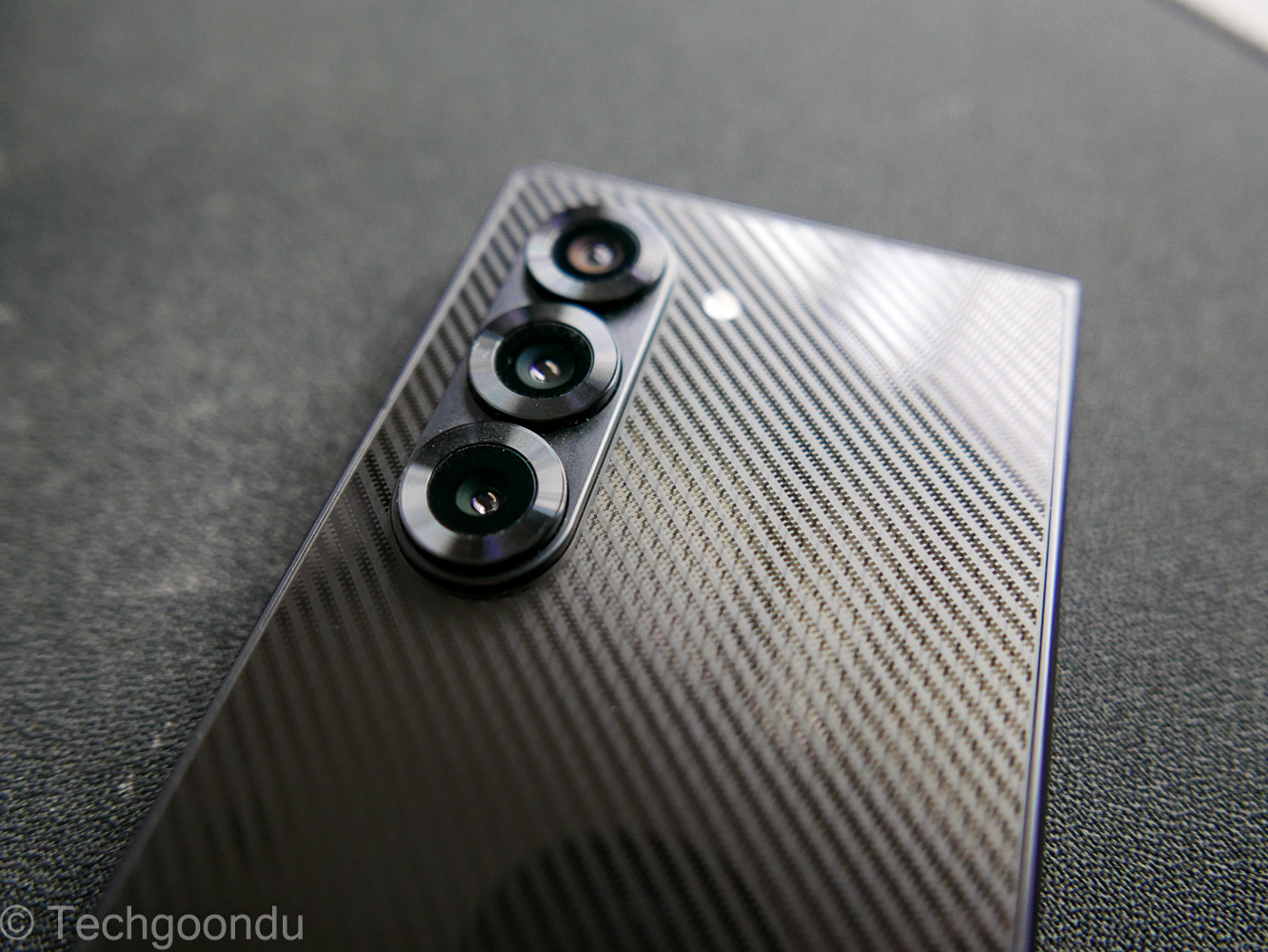
And what of the AI smarts? Of the long list of useful and not-so-useful apps that Samsung has thrown into the phone, the most practical, I think, is the translation app.
It lets you speak with someone in your language and have the conversation automatically converted into text for the other party to see. When the other person speaks, you get his or her language translated live to you on-screen as well.
It’s not a trick that only Samsung can offer, to be sure, but it’s neatly packaged in the new phone and it’d be handy when you’re travelling. It helps to have a large screen for communications, of course.
The other AI feature I’d want to highlight is the auto-zoom or crop feature that lets you basically get a person into frame properly, even if you haven’t done so manually.
In other words, you can be a pretty bad photographer (like me) and still get some shots with someone properly framed in a picture. Yes, thanks to the magic of AI.
Other new AI features are a bit of a hit and miss. One that promises to create add-ons to your images, like cute icons and other sketches, can be funny or wildly off-tangent.
I tried to draw a Mickey Mouse face with the trademark ears and the app gave me a 3D heart-shaped icon instead. Okay, that may be down to the user who can’t draw for nuts, so I shall not blame the AI.
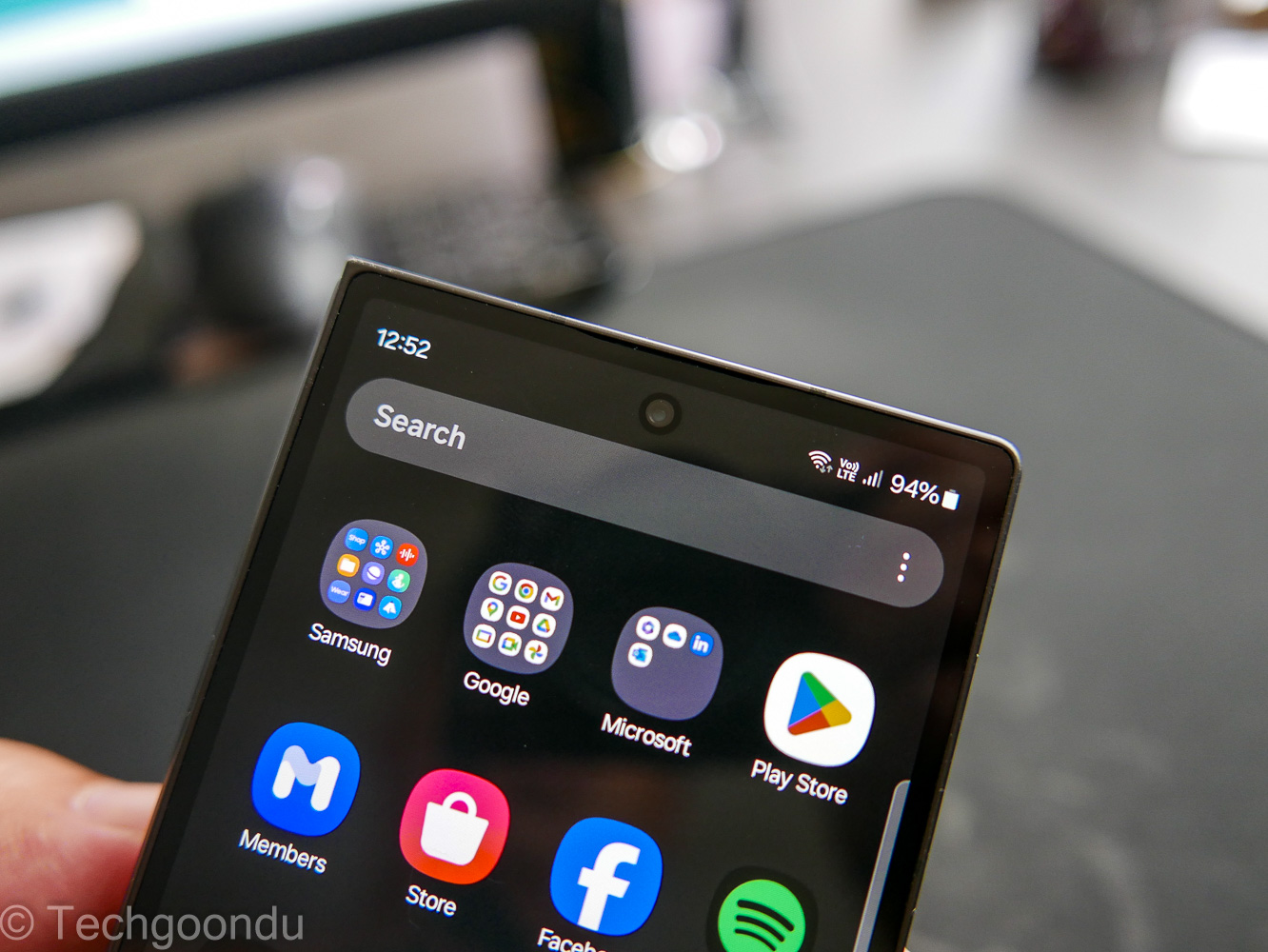
While there are clear improvements, many of the other parts of the Samsung Galaxy Z Fold 6 are similar to earlier versions. That’s not a bad thing, though you feel there’s a limit to the upgrades at times.
The two screens on the phone, for example, are both AMOLED displays, which remain bright and easy to read text on, even in sunny Singapore.
They are also great for watching Netflix shows, say, while waiting for a friend at a cafe. Or just going through e-mails for the day, choosing which ones to reply and delete.
After trying out Samsung’s foldables each year, I can say that once you’ve used a foldable, you can easily get hooked on it, thanks to the larger screen.
With it, you can comfortably fire away e-mails without squinting at the text and scrolling through your regular phone’s smaller screen. The larger screen is also useful for running two apps at one go, say, to look at a document while having a call.
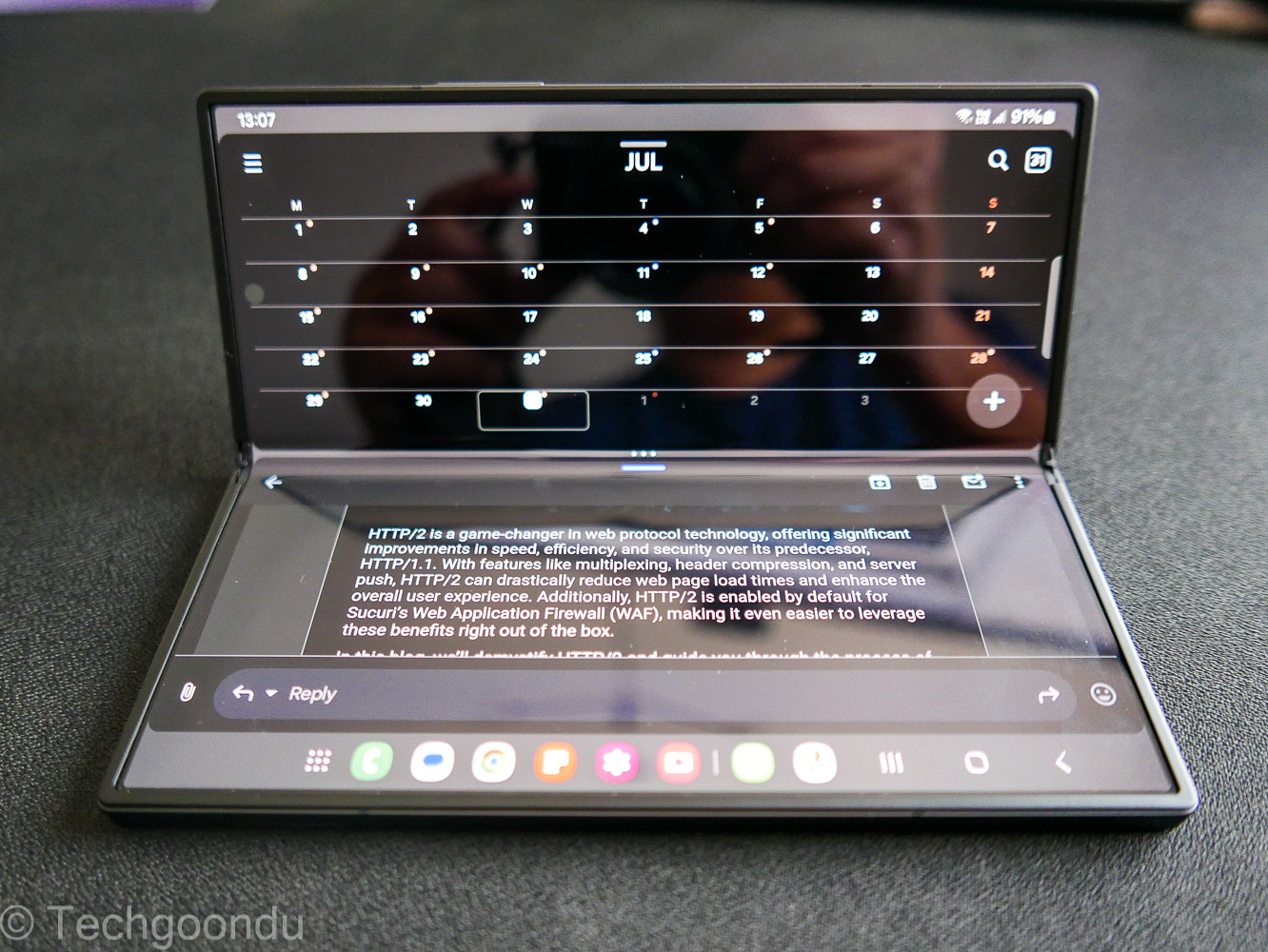
I like the decent battery life on the phone as well. The 4,400mAh power pack promises up to 18 hours of Internet usage on 4G, which I couldn’t test since I needed to sleep.
Instead, on a typical day of doing e-mails, watching YouTube and catching up on social media, I usually have more than 30 per cent of battery life left before I head to bed.
The only way you’d challenge the battery life properly is by firing up demanding games and playing them for hours. I’m thinking of something like GRID, the racing game, or the survivor game Dead by Daylight.
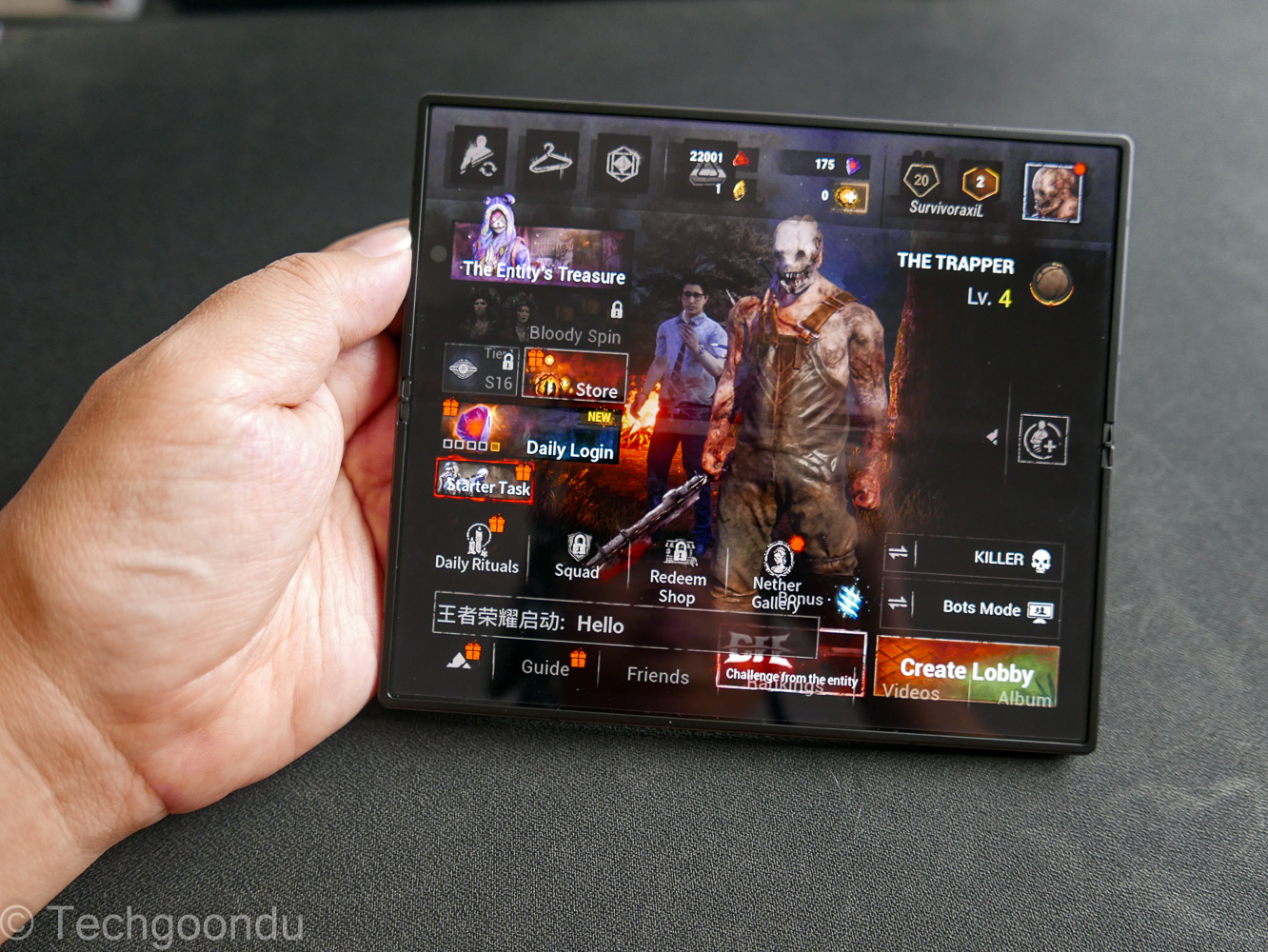
The good thing is the demanding graphics on such games are well rendered and supported by the beefy Qualcomm Snapdragon 8 Gen 3 chip, along with 12GB or memory on the phone.
I fired up Dead by Daylight, for example, and the creepy atmosphere really comes alive with the lighting effects and other eye-candy that are on the most powerful phones today.
The game played smooth as well, helped by a great experience on the larger screen. Playing the killer in a trial game, I had my fingers sweaty on the phone, trying to hunt down survivors. The graphics, which I set to Ultra, helped with the immersion.
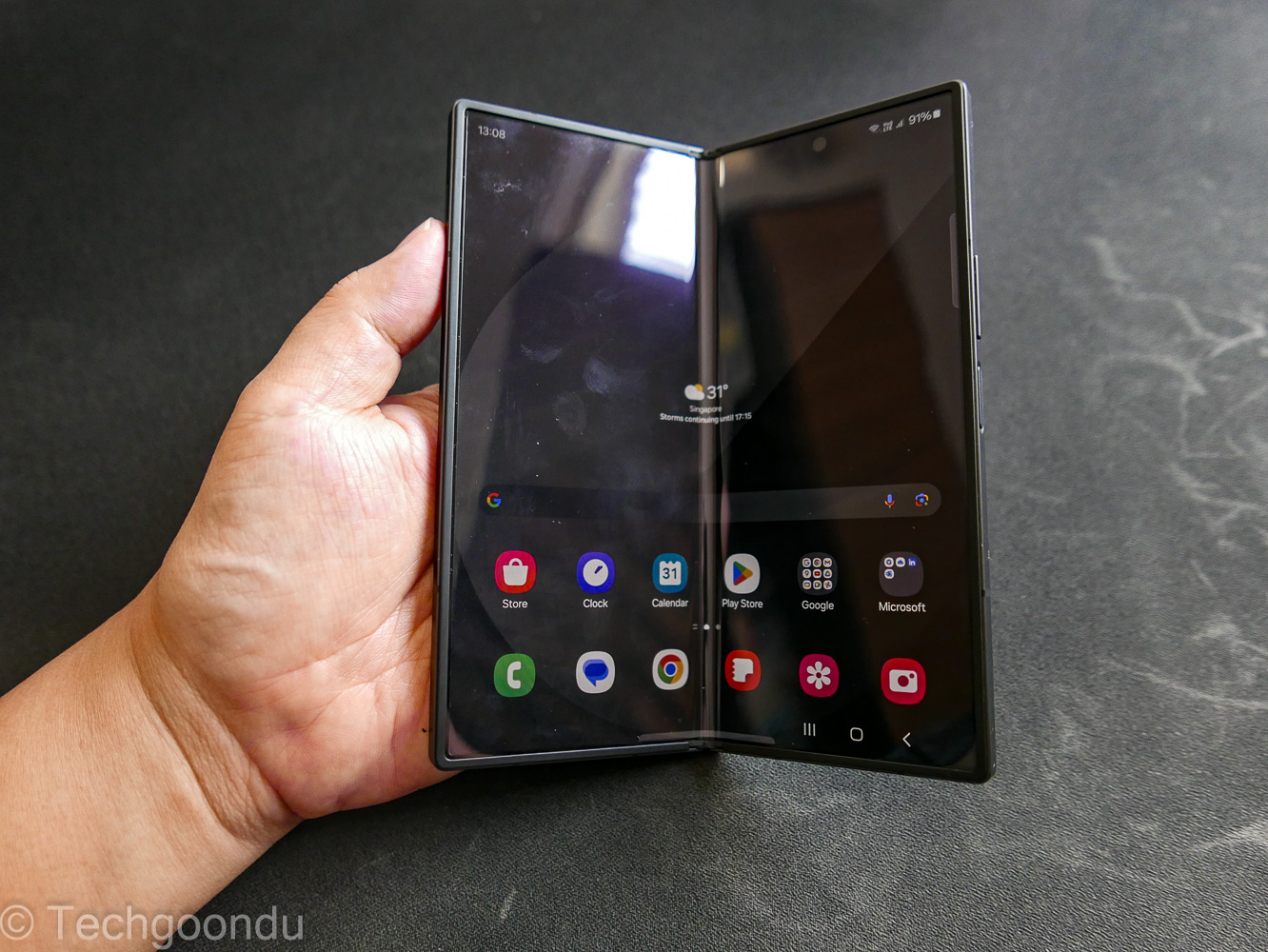
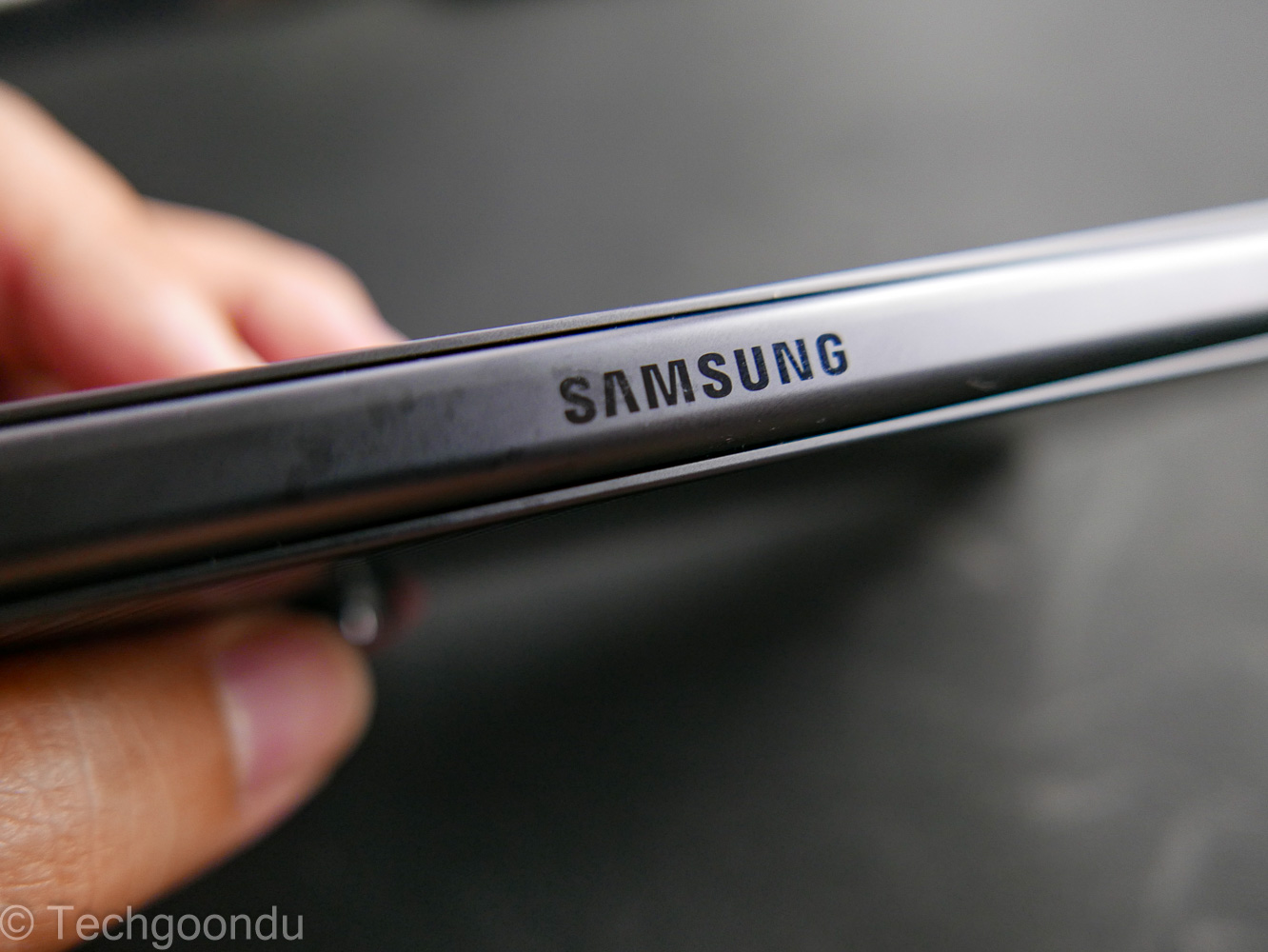
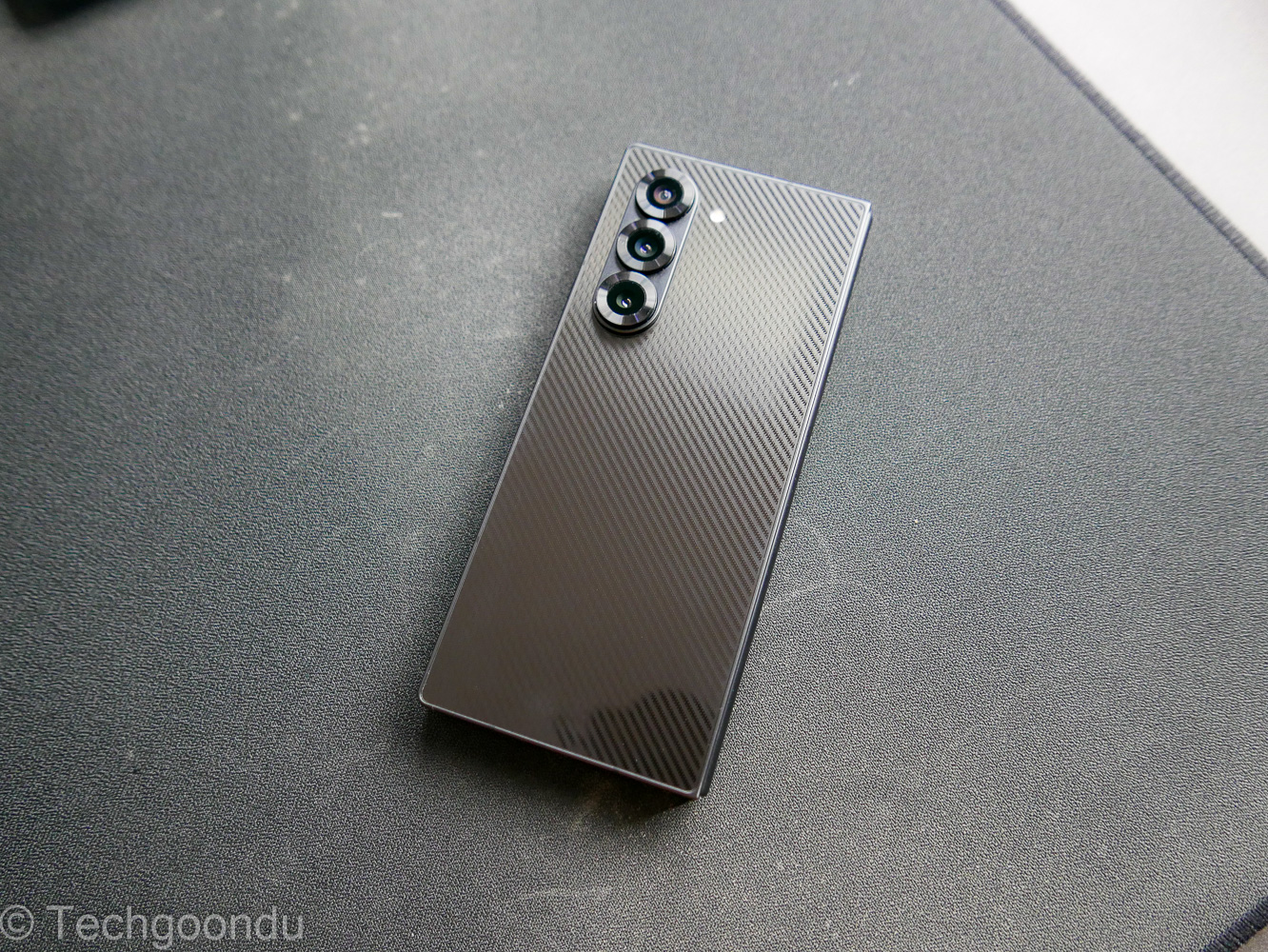
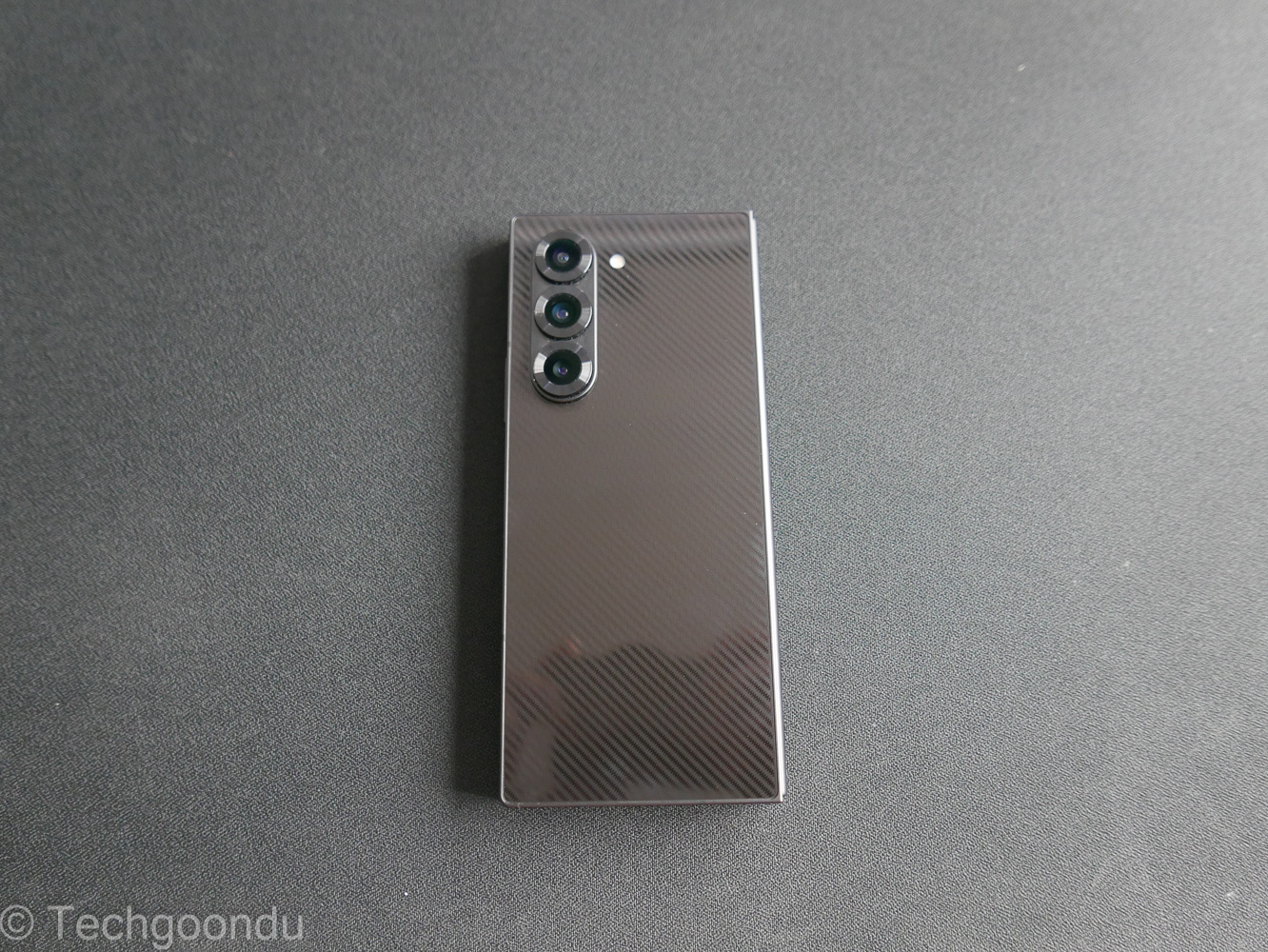
So, should you buy the Galaxy Z Fold 6? With prices starting from S$2,548 for the basic model with 256GB storage, this is a phone that costs more than many powerful AI PC laptops.
It isn’t for everyone, clearly, though the benefits are easy to grasp once you start using the phone. The larger screen naturally is handy for many everyday tasks. Plus, the sleek design means you don’t have to carry a hefty gadget around for that larger screen size.
For me, the main sticking point remains the high price. If you can get a good deal with a trade-in or from a friendly shop you go to often, then the Samsung Galaxy Z Fold 6 is definitely a top-notch phone to own.


